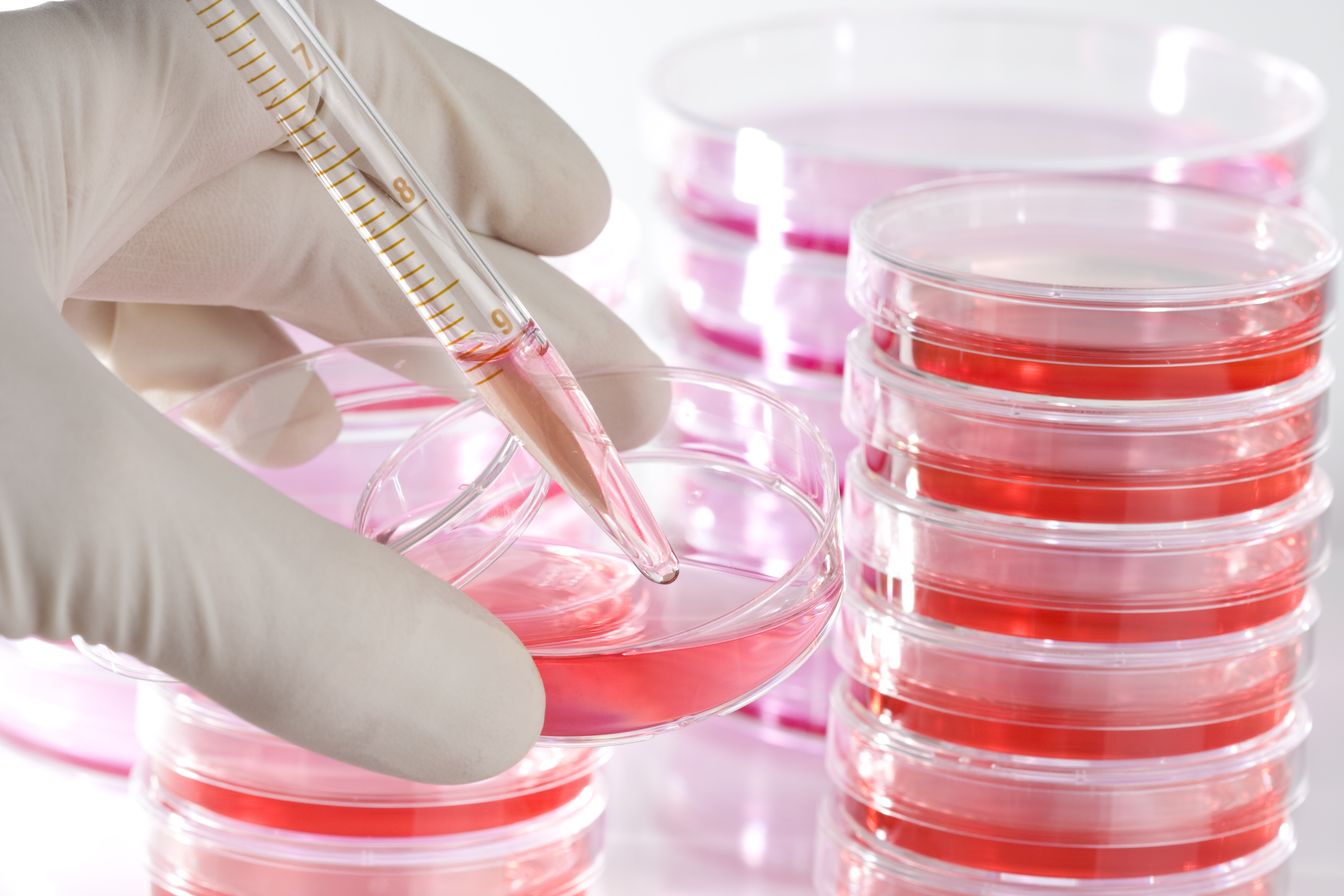Diabetes and Obesity Treatment Shows Promise in Preventing PAH in Early Study

Liraglutide, a drug used to treat type 2 diabetes (brand name, Victoza) and obesity (brand name, Saxenda), is currently being evaluated as a possible therapy for Parkinson’s disease. Now, a new study suggests that liraglutide may also be quite effective in treating pulmonary arterial hypertension (PAH).
The study, “Liraglutide prevents and reverses monocrotaline-induced pulmonary arterial hypertension by suppressing ET-1 and enhancing eNOS/sGC/PKG pathways,” was developed by researchers at Kaohsiung Medical University Hospital, Taiwan, and published in the journal Scientific Reports.
Vasodilation (widening) and vasoconstriction (narrowing) are two processes crucial for the proper functioning of blood vessels. Vasodilation is regulated by the production of a gas molecule, nitric oxide (NO), in cells that compose the vessels.
The NO molecular pathway and, consequently vasodilation, are known to be impaired in both diabetes and PAH. This augmented vasoconstriction prompts an increase in blood pressure in the vessels, which is the hallmark of PAH.
Liraglutide is an analogue of the glucagon-like peptide-1 (GLP-1), a hormone that, when bound to the GLP-1 receptors, promotes insulin production so as to lower glucose levels in the blood. This hormone has been found to have a beneficial role on cardiovascular function in preclinical and clinical studies, as it induced myocardial glucose uptake and increased NO production. (Saxenda is indicated for obese adults with a body mass index or 30 and greater, or those with a BMI of 27 and either weight-related diabetes, hypertension or high cholesterol.)
Researchers evaluated the effect of liraglutide as an agent for both the prevention and treatment of PAH by looking at how it worked in a rat model of the disease and in cultured pulmonary artery cells.
After treating the PAH rats with liraglutide, researchers analyzed hemodynamic and body weight changes, right heart hypertrophy, and lung morphology, and investigated the levels of several components of the NO molecular pathway, such as endothelial nitric oxide synthase (eNOS), endothelin-1 and cyclic guanosine monophosphate (cGMP), soluble guanylyl cyclase (sGCα), protein kinase G (PKG). The team also analyzed the level of activation of the Rho kinase (ROCK) II pathway, which is related to vasoconstriction.
They observed that, in PAH conditions, protein expression of ROCK II was increased, whereas components of the NO pathway (eNOS, sGC and PKG) were decreased. Moreover, treatment with liraglutide worked to activate the NO pathway and NO production, which, in turn, inhibited the ROCK pathway. These changes led to the relaxation of the pulmonary artery cells and, subsequently, to vasodilation and reduced blood pressure.
Based on the results, the team concluded that liraglutide may have “great potential” as a treatment against PAH.
“In humans, further studies should explore the effects of liraglutide on PAH markers such as brain natriuretic peptide and high-sensitive C-reactive protein, to further confirm that liraglutide may be used in the clinical treatment of PAH,” the authors wrote







